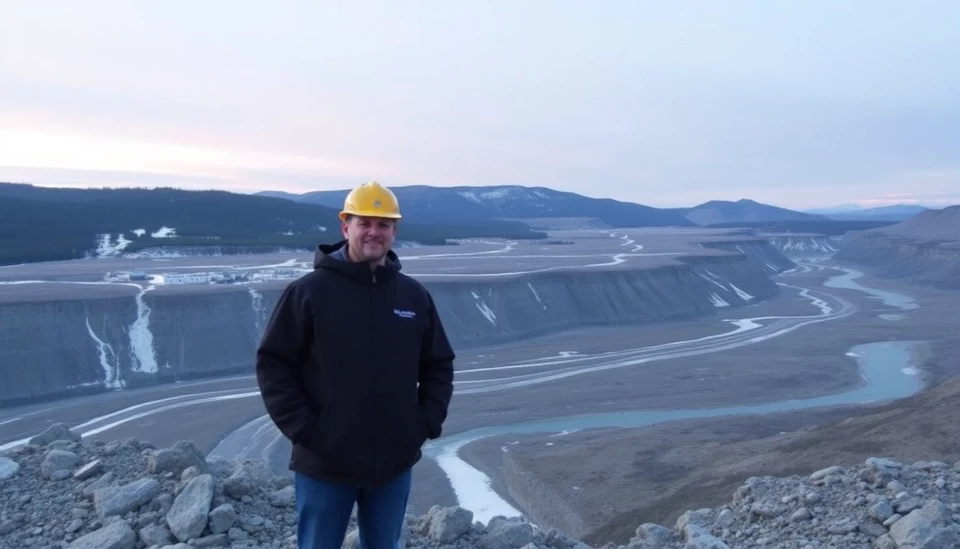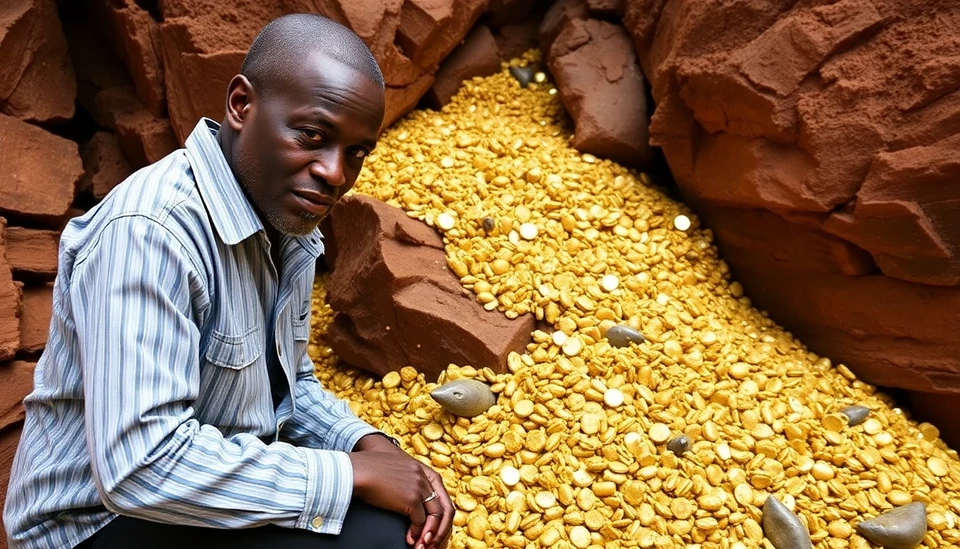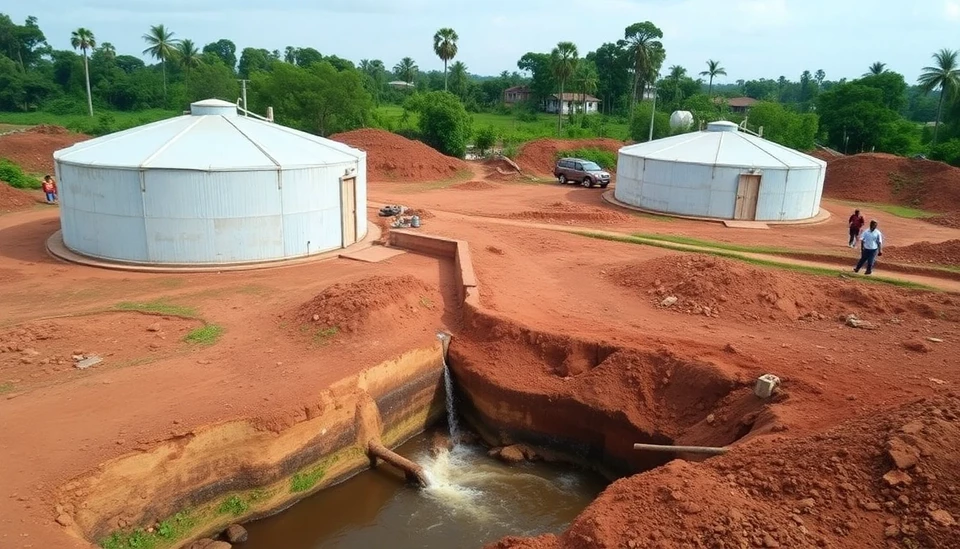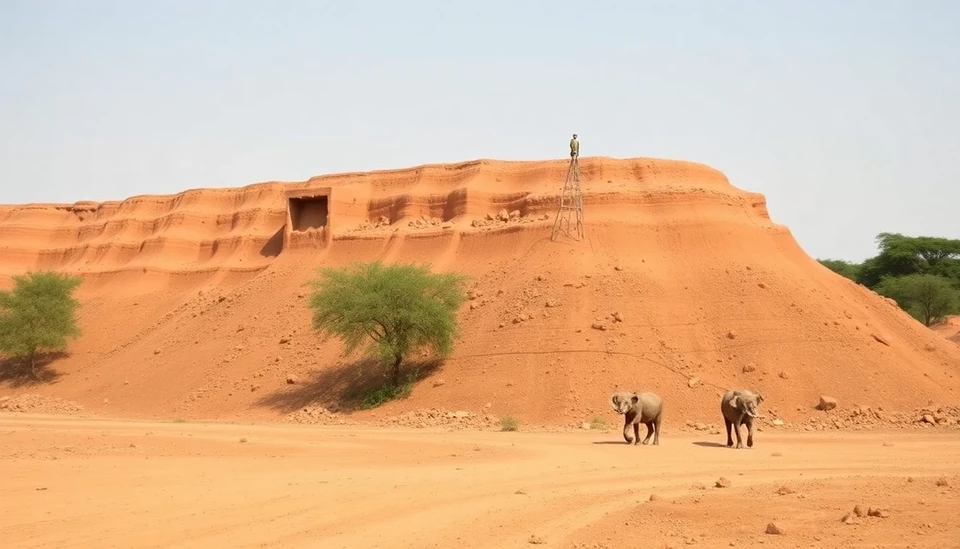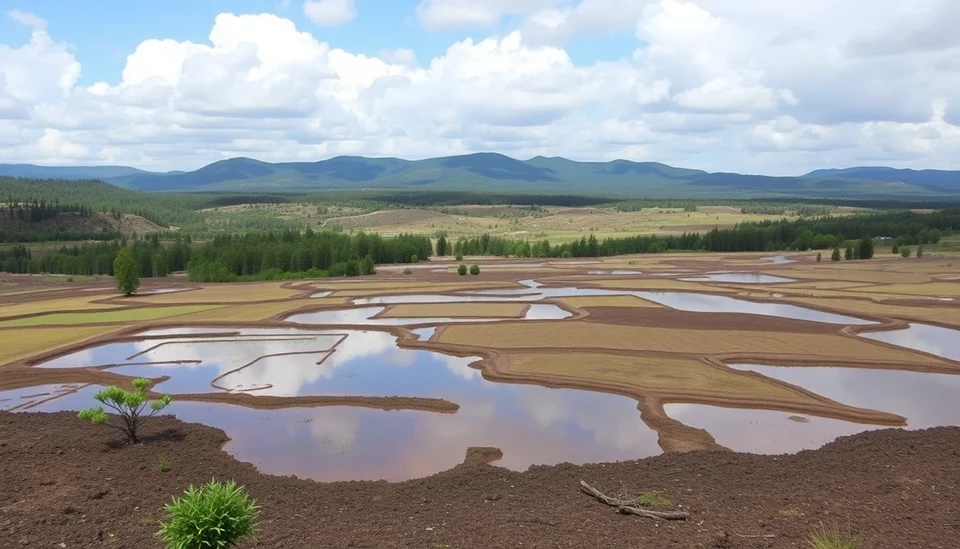
The effects of illegal gold mining have reached alarming levels, disrupting ecosystems and polluting vast stretches of land across the globe. However, in an inspiring turn of events, nature appears to be on a restorative path, demonstrating resilience and the ability to heal, even in the wake of such devastating human impact.
Illegal mining operations, often taking place in remote areas, have led to significant environmental degradation. As miners extract gold, they utilize harmful chemicals such as mercury, which not only taint the soil but also infiltrate waterways, posing health risks to local communities and wildlife. Despite the horrors of such mining activities, recent observations suggest a silver lining: the land once marred by these operations is slowly beginning to recover.
The process of healing in these areas is marked by the return of native plant species that were previously driven away by contamination. Researchers studying these impacted regions have noted a resurgence of trees, shrubs, and other flora that were once dominant in the ecosystems before the onset of mining. The regrowth signifies a promising ecological rehabilitation, hinting at nature's innate ability to restore itself when given the chance.
Much of this transformation can be attributed to natural processes of decontamination and soil renewal. With fewer disturbances from human activities, microorganisms in the soil are starting to flourish, aiding in the breakdown of toxic substances left by mining. This micro-level recovery supports the broader ecosystem and facilitates the reestablishment of habitats for various species.
Notably, communities neighboring these areas are beginning to witness positive changes as well. As the local flora and fauna thrive, the environment becomes more hospitable, encouraging wildlife to return and stabilizing the ecosystem. This resurgence not only helps in rehabilitating the land but also instills hope among residents that their environment can recover, emphasizing the importance of sustainable practices and conservation efforts.
It is critical, however, to acknowledge that while these healing processes are underway, the threat of illegal mining persists. Governments and organizations must collaborate to strengthen laws and practices that protect vulnerable lands from exploitation. Furthermore, public awareness campaigns aimed at addressing the implications of illegal mining are essential to prevent future degradation.
The recent observations of environmental recovery around formerly contaminated areas serve as a reminder of nature's resilience amidst adversity. As communities and conservationists champion these efforts, they highlight an urgent need for global action against illegal mining and a commitment to sustainable environmental stewardship that honors and protects our planet's delicate ecosystems.
In conclusion, the healing of lands impacted by illegal gold mining embodies a story of hope and recovery. By recognizing and fostering these natural processes, we can contribute to a healthier, more balanced future for our ecosystems and communities alike.
#GoldMining #EnvironmentalRecovery #SustainablePractices #NatureHealing #EcosystemRestoration
Author: Peter Collins
